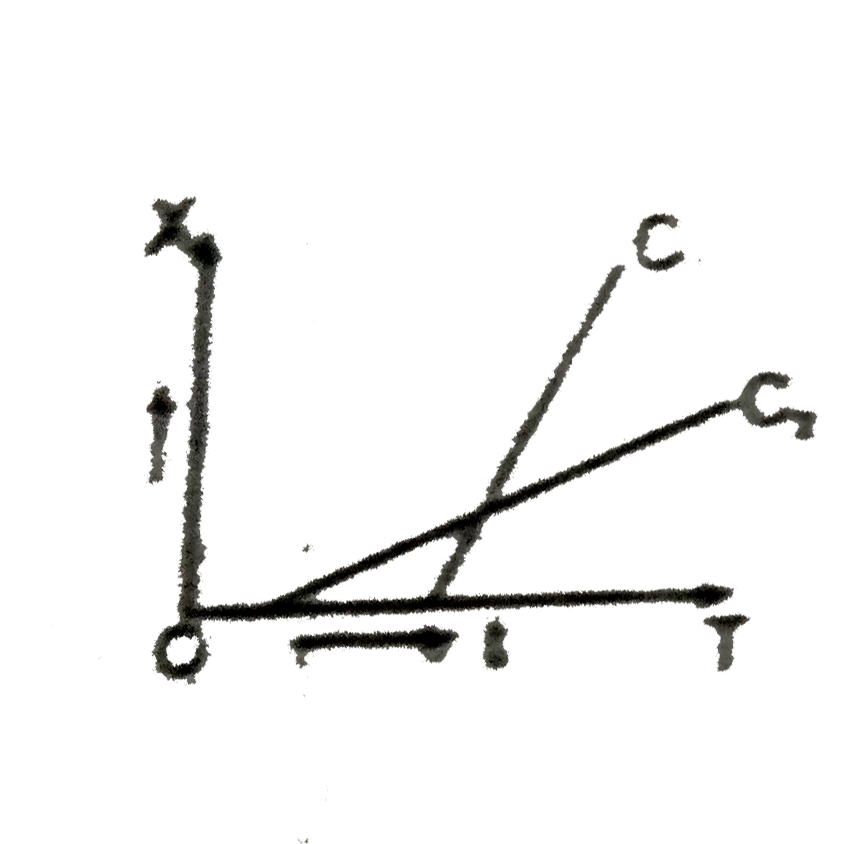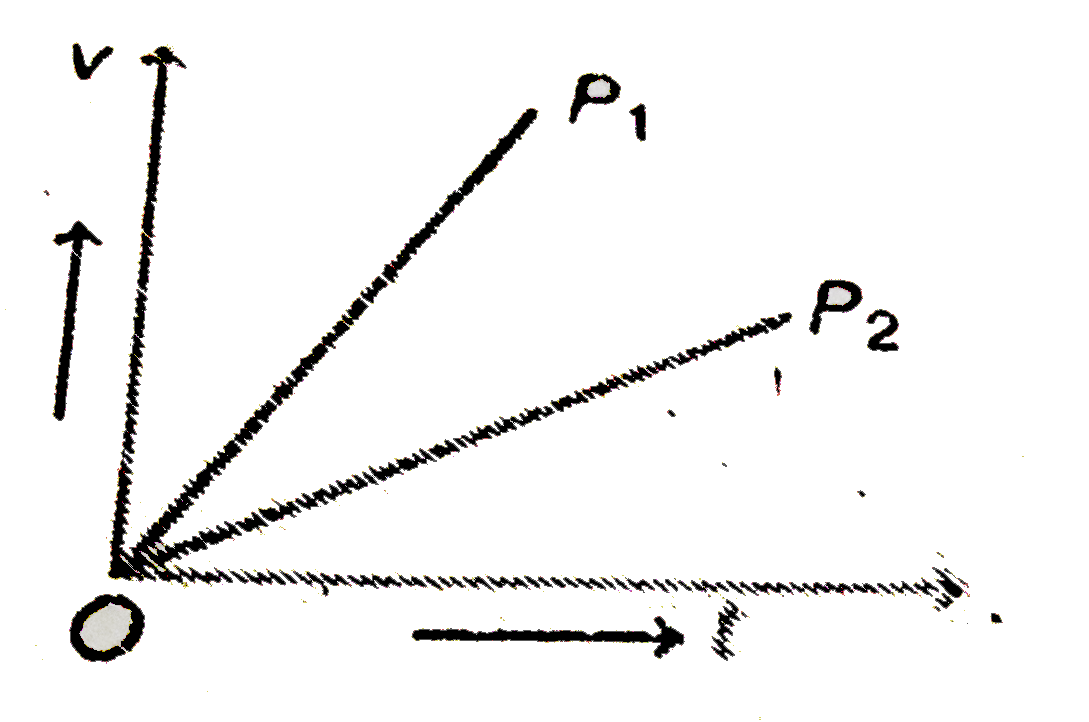Shown in the figure are the displacement time graph for two children going home from the school. Which of the following statements about their relative motion is true after both of them started moving ? Their relative velocity:
(##MOT_CON_NEET_PHY_C23_E01_043_Q01.png" width="80%">
first increases and then decreases
first decreases and then increases
is zero
is non zero constant
The correct Answer is:D
Topper's Solved these Questions
- ONE DIMENSION MOTIONBOOK - MOTIONCHAPTER - ONE DIMENSION MOTIONEXERCISE - EXERCSE -1 (Section -D : Rain Problems, Aircraft wind problems)
6 Videos
- ONE DIMENSION MOTIONBOOK - MOTIONCHAPTER - ONE DIMENSION MOTIONEXERCISE - EXERCSE -1 (Section - E : River Boat Problems )
1 Videos
- ONE DIMENSION MOTIONBOOK - MOTIONCHAPTER - ONE DIMENSION MOTIONEXERCISE - EXERCSE -1 (Section - B : Motion under Gravity)
11 Videos
- NLM & FRICTIONBOOK - MOTIONCHAPTER - NLM & FRICTIONEXERCISE - EXERCISE-4 ( LEVEL-II)
15 Videos
- OPTICSBOOK - MOTIONCHAPTER - OPTICSEXERCISE - Exercise
45 Videos
Similar Questions
Shown in the figure is the position-time graph for two chldren (C1 & C2) going home from the school. Which of the following statements(s) about their relative motion is/are true after both of them started moving? Their relative velocity: (consider 1-D motion)

View SolutionShown in the figure are the velocity time graphs of the two particle P1 and P2 moving in same straight line in same direction. Which of the following statements about their relative motion is true?

Their relative velocity
View Solution
Knowledge Check
Shown in the figure is the position-time graph for two chldren (C1 & C2) going home from the school. Which of the following statements(s) about their relative motion is/are true after both of them started moving? Their relative velocity: (consider 1-D motion)
 Afirst increases and then decreasesBfirst decreases and then increasesCis zeroDis non zero constant
Afirst increases and then decreasesBfirst decreases and then increasesCis zeroDis non zero constantShown in the figure are the velocity time graphs of the two particles P1andP2 . Which of the following statements about their relative motion is true ? Theire relative velocity
 Ais zeroBis non-zero but constantCcontinuosly decreasesDcontinuously increases
Ais zeroBis non-zero but constantCcontinuosly decreasesDcontinuously increasesShown in the figure are the velocity time graphs of the two particle P1 and P2 moving in same straight line in same direction. Which of the following statements about their relative motion is true?

Their relative velocityAis zeroBis non-zero but constantCcontinuously decreasesDcontinuously increases
Which of the following is not correctly matched ?
(##PW_NEET_45_DAY_BIO_C23_E02_005_Q01.png" width="80%">
View SolutionChoose the correct answer
(##MOT_CON_NEET_BIO_C05_E04_049_Q01.png" width="80%">
View SolutionShown in the figure are the velocity time graphs of the two particles P1andP2 . Which of the following statements about their relative motion is true ? Theire relative velocity

View SolutionIn the figure shown
(##AHT_PGT_PHY_C10_E01_006_Q01.png" width="80%">
View SolutionThe displacement of a particle as a function of time is shown in figure. The figure indicates that
(##MOT_CON_NEET_PHY_C23_E02_025_Q01.png" width="80%">
View Solution
